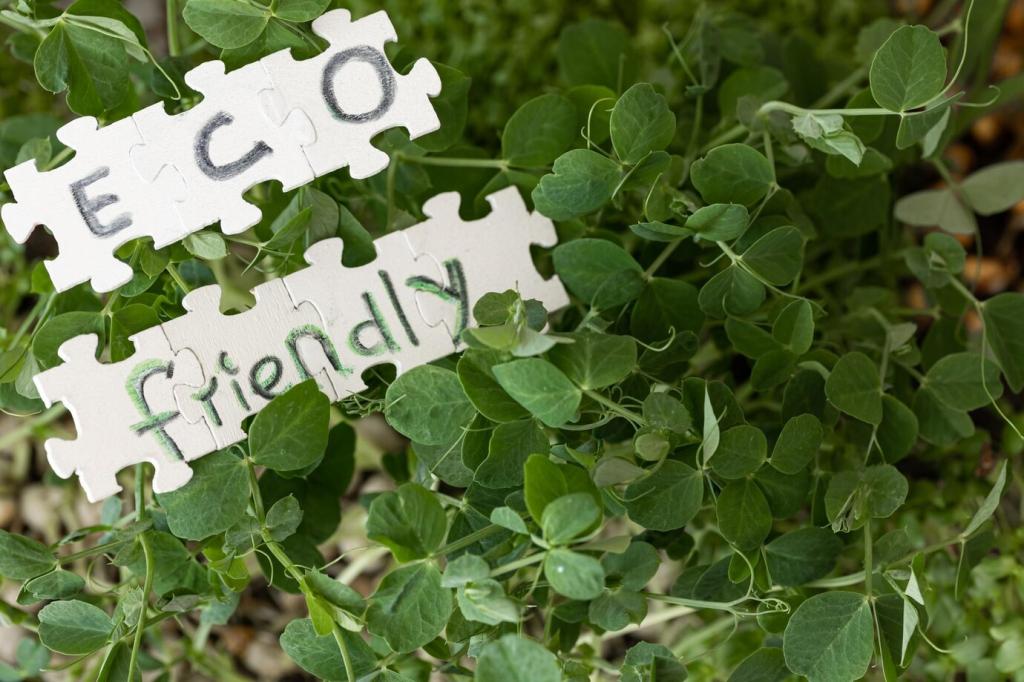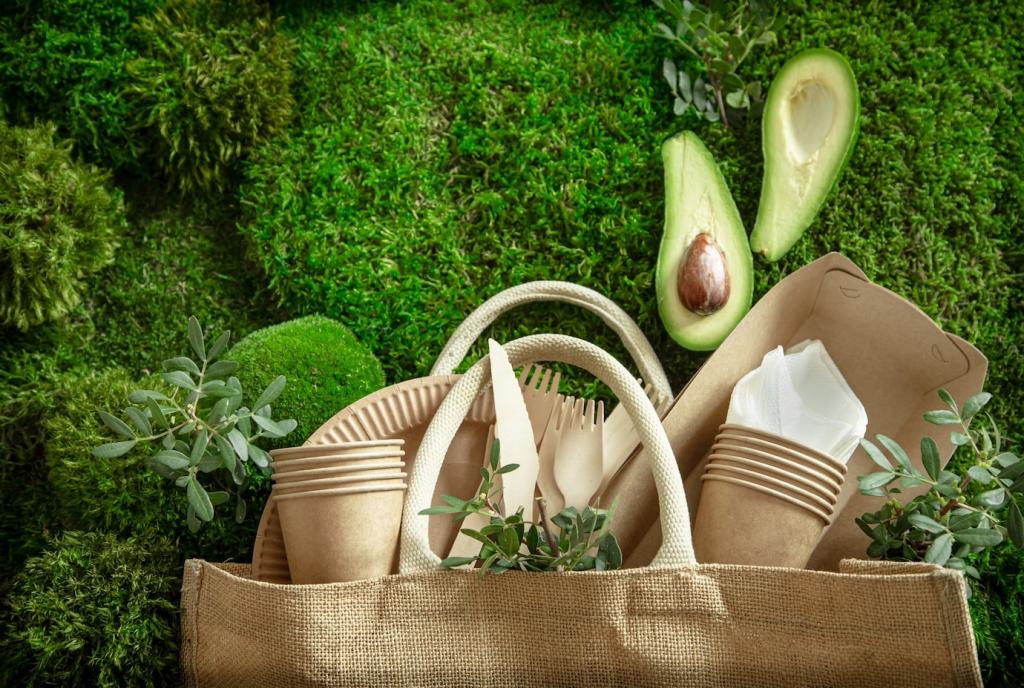Eco-Friendly Cleaning That Respects Patina
Use a soft horsehair brush and microfiber cloth to lift dust from crevices without scratching. Vacuum with a brush attachment, low suction, and a sheet of mesh for safety. Dry methods protect finishes and conserve resources.
Eco-Friendly Cleaning That Respects Patina
When dusting isn’t enough, dampen—not wet—a cloth with pH-neutral, biodegradable soap diluted in distilled water. Wipe with the grain, follow with a dry cloth, and ventilate. This reduces swelling, streaks, and environmental impact simultaneously.


